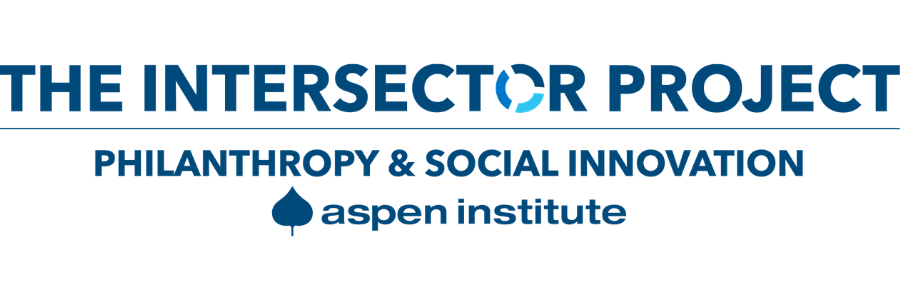The Changing Face of Collaboration
“Five years ago, an article by FSG’s John Kania and Mark Kramer sparked a nationwide wave of interest in collective impact—a new model of collaboration among public, private, and nonprofit actors that emphasizes a common agenda, shared measurement systems, mutually reinforcing activities, continuous communication, and





